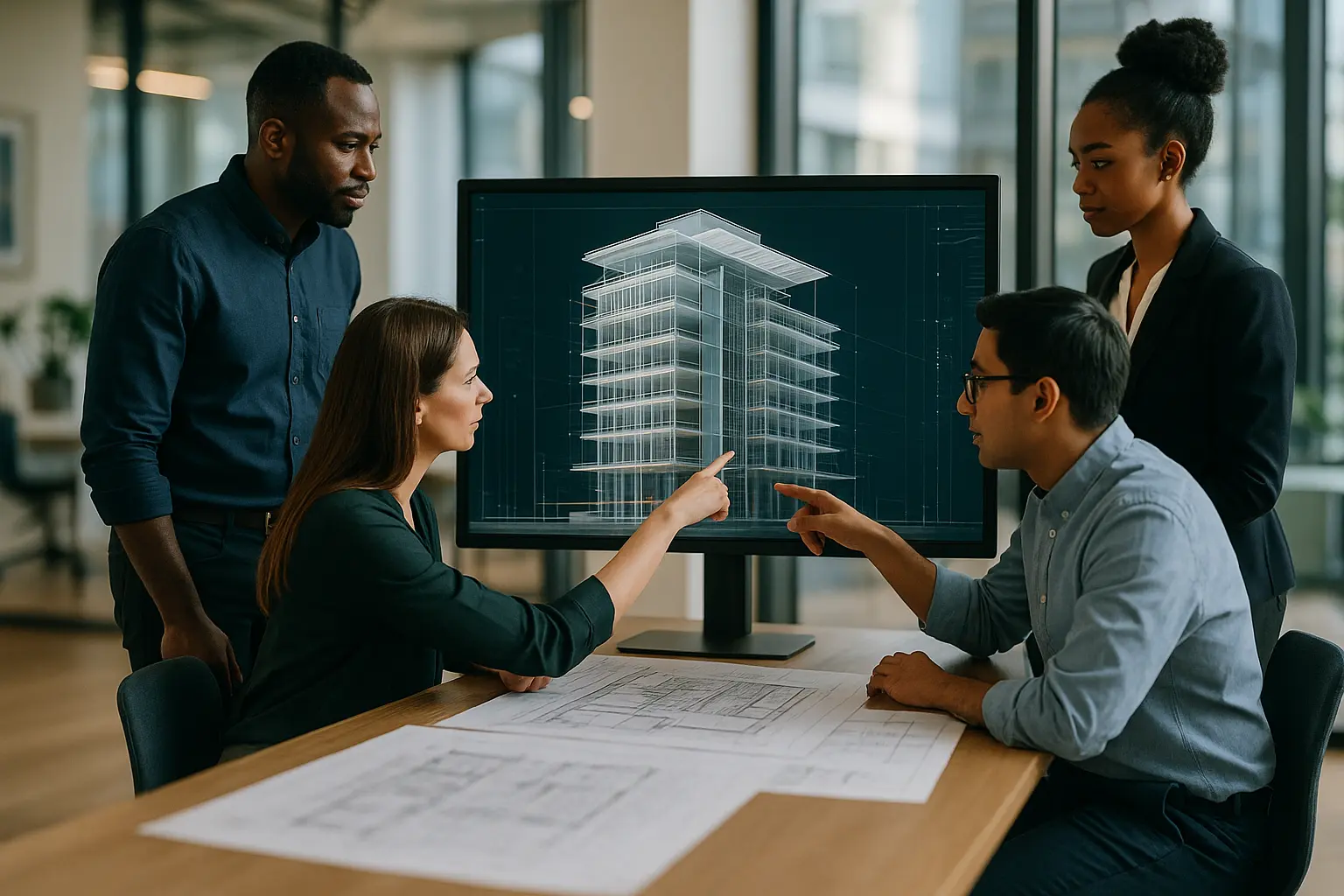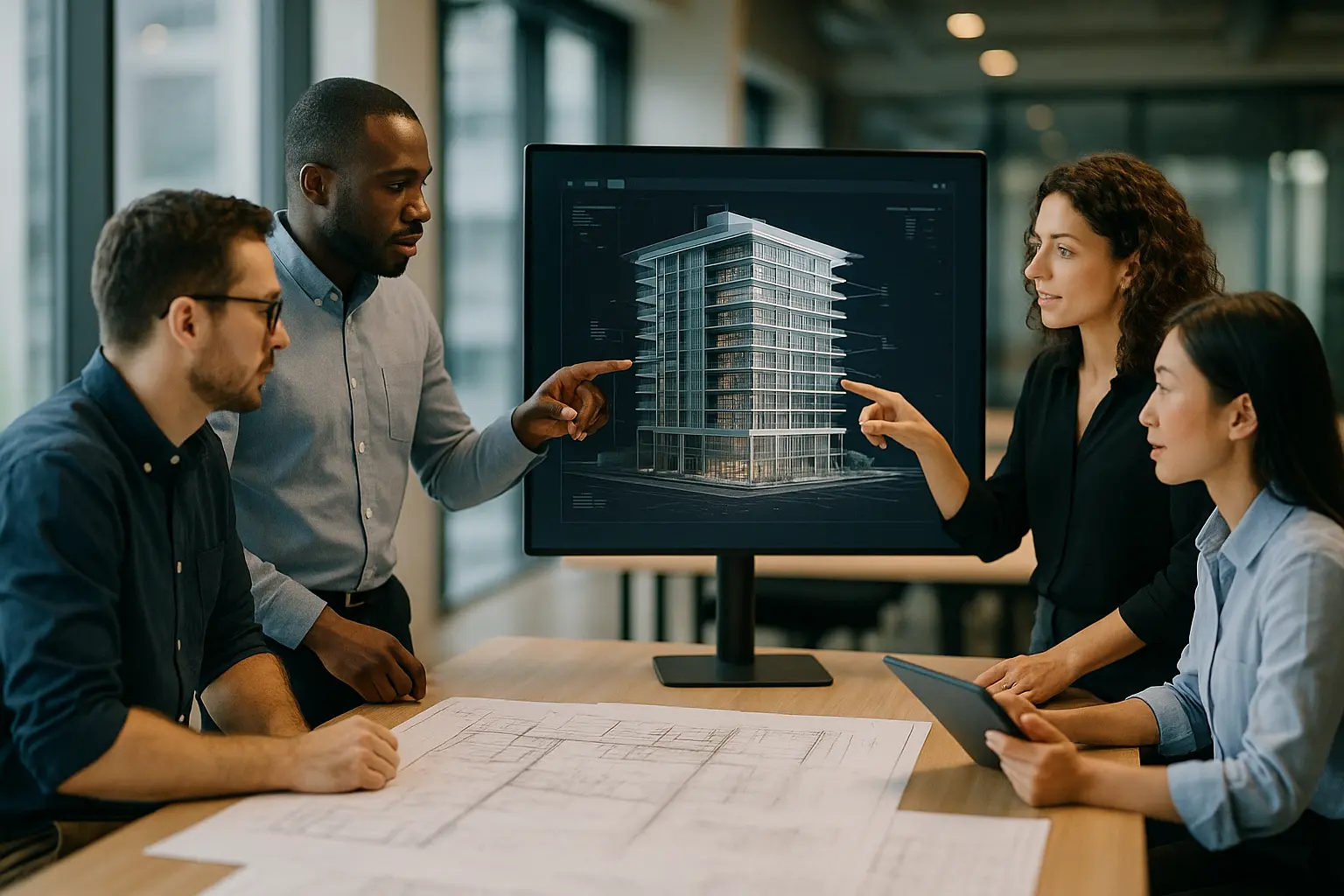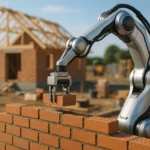In the ever-evolving construction industry, a digital revolution is taking place that promises to reshape the architecture, engineering, and construction sectors. Yes, we’re talking about Building Information Modeling (BIM). Imagine a world where projects run seamlessly, communication is crystal clear, and design meets reality with impeccable precision. That world is made possible with BIM—a process that offers a paradigm shift in the way we approach building projects. This article will guide you through the essentials of BIM, exploring its role, the technology behind it, and why it has become indispensable in modern construction. Buckle up for a deep dive into the digital heart of construction’s future.
Unveiling BIM: A Modern Marvel in Construction
Building Information Modeling is often misunderstood as just a piece of software, but in reality, it’s a comprehensive process that transforms the way we plan, design, and manage construction projects. At its core, BIM is about creating detailed digital models rich with data that facilitate seamless collaboration and communication among stakeholders.
Consider BIM as the digital backbone of today’s construction industry. It bridges the traditional gaps between architects, engineers, and contractors, allowing all parties to access and contribute to a shared model. This collaborative approach fosters a more holistic view of a project, where every element is meticulously coordinated, minimizing costly errors and delays.
The Anatomy of BIM
BIM isn’t just about creating a 3D model; it integrates information and data across various dimensions:
- 4D BIM incorporates the time element, allowing for precise scheduling and planning.
- 5D BIM delves into cost management, providing detailed budgeting insights.
- 6D and beyond focus on sustainability, facility management, and operational efficiency.
The Collaborative Edge
In a world where time is money, BIM’s ability to enhance collaboration stands out as its greatest strength. Project stakeholders can access real-time updates, ensuring everyone is on the same page. This synchronized communication reduces misunderstandings and fosters a culture of teamwork, ultimately leading to successful project outcomes.
The Role of Data in BIM: The Digital Thread
In the landscape of contemporary construction, data is the new gold. BIM harnesses the power of data, creating robust models that offer an unparalleled level of detail and accuracy.
The Data-Driven Design
Every piece of a BIM model is embedded with information. From materials to specifications, these digital models serve as a single source of truth throughout the project’s lifecycle. Imagine having an exhaustive database at your fingertips, providing insights into every facet of a building‘s design and operation.
The Power of Predictive Analysis
BIM’s strength lies in its ability to predict challenges before they arise. By running simulations and analyses, we can foresee potential issues, from design flaws to cost overruns. This foresight allows us to make informed decisions, reducing the risk of unexpected surprises.
Data Integrity and Security
In the digital realm, ensuring data integrity is paramount. BIM employs stringent protocols to safeguard sensitive information, ensuring that only authorized personnel access critical data. This security ensures project management is seamless and trustworthy, reinforcing confidence in the process.

BIM Software: The Tools That Shape the Future
The driving force behind BIM’s transformative capabilities is its suite of cutting-edge software tools, designed to cater to every phase of a construction project.
A Diverse Ecosystem
Software platforms like Autodesk Revit, ArchiCAD, and Bentley Systems offer robust BIM solutions. These platforms provide architects, engineers, and contractors with the tools needed to create, manage, and visualize detailed digital models. From initial design to final execution, these tools ensure every aspect of a project is meticulously crafted.
Tailored Solutions for Every Need
BIM software isn’t a one-size-fits-all solution. It offers tailored applications that cater to specific industry needs. Whether it’s structural analysis, energy modeling, or facility management, there’s a BIM tool designed to enhance efficiency and precision.
Integration with Emerging Technologies
BIM doesn’t exist in isolation. It seamlessly integrates with emerging technologies like IoT, VR, and AI, offering a more immersive and intelligent construction experience. These integrations provide real-time insights, allowing for adaptive project management and execution.
As we gaze into the future, the trajectory of the construction industry is clear—digital, collaborative, and data-driven. BIM stands at the forefront of this evolution, reshaping how we conceive, design, and build the environments around us.
In this era of rapid innovation, embracing BIM isn’t just an option; it’s a necessity. Its ability to streamline processes, enhance collaboration, and deliver sustainable, cost-effective solutions makes it an invaluable asset. As we move forward, let us harness the power of BIM to turn our architectural dreams into reality, crafting spaces that inspire, innovate, and endure.
FAQ
What does BIM stand for and what is its purpose?
BIM, or Building Information Modeling, is a digital representation of physical and functional characteristics of a facility. It serves as a shared knowledge resource for information about a facility, forming a reliable basis for decisions during its lifecycle, from inception onward.
How does BIM differ from traditional building design methods?
Unlike traditional 2D design methods, BIM offers a 3D model-based process that provides architecture, engineering, and construction professionals with the insight and tools to efficiently plan, design, construct, and manage buildings and infrastructure.
What are the main benefits of using BIM in construction projects?
BIM enhances collaboration among stakeholders, improves accuracy in project estimates, reduces errors, and minimizes changes during construction. It also facilitates better visualization of the final product, allowing for more informed decision-making throughout the project lifecycle.
Is BIM applicable only to large-scale projects, or can it be used for smaller constructions as well?
While BIM is often associated with large-scale projects due to its robust capabilities, it is equally beneficial for smaller projects. Its ability to improve design accuracy, streamline processes, and enhance collaboration can be advantageous regardless of project size.
What role does BIM play in sustainable building design?
BIM plays a significant role in sustainable design by enabling architects and engineers to analyze and simulate building performance and energy consumption. This allows for the integration of sustainable practices and materials from the outset, contributing to more eco-friendly and energy-efficient buildings.



